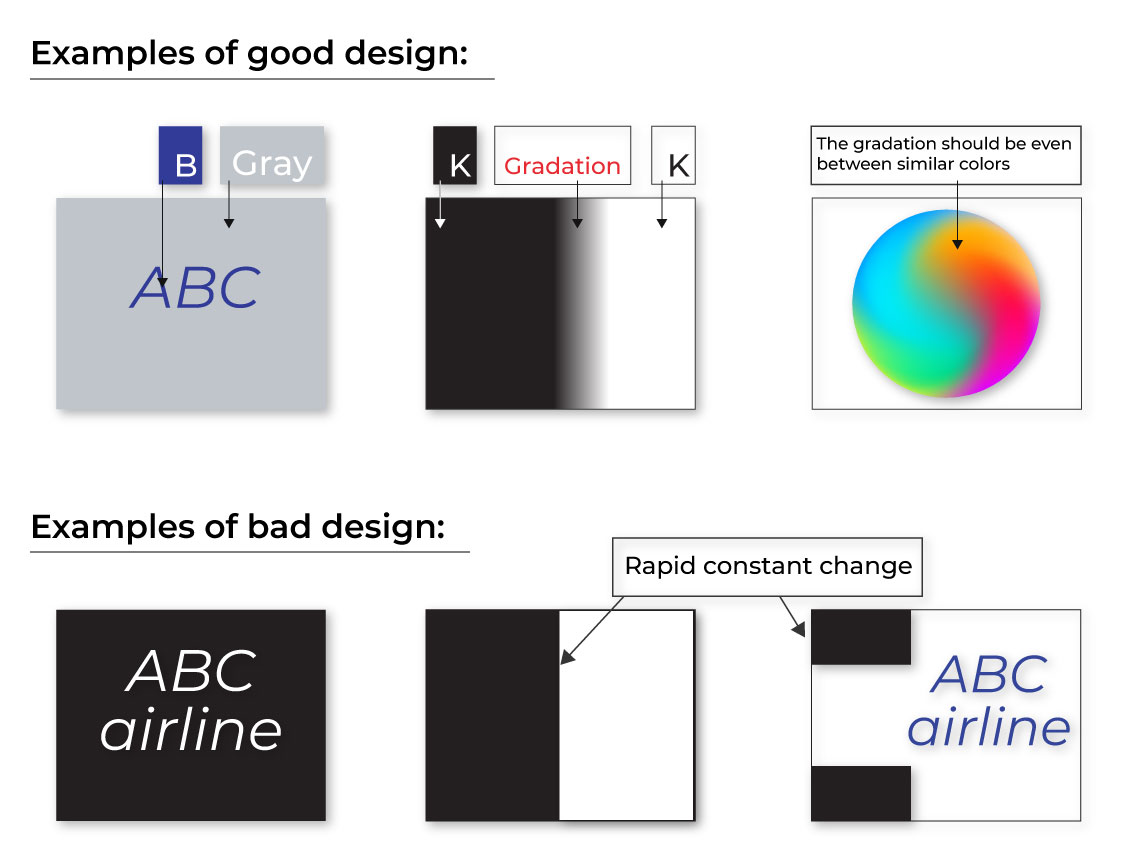In some LCD TFT applications the display keeps on presenting a fixed image for a long time. The result of such still performance may be the “ghost” image remaining on the screen as an after-image.
What is the ghosting effect and why it happens? Today we will focus on how to avoid and fix image ghosting effect.
Why the LCD ghosting happens?
Image persistence (or ghosting) on LCD TFT is a result of continuous displaying of static graphics on the screen for extended time periods. This kind of performance keeps the TN crystals on generating this specific color, required in the image. In time, the TN crystals tend to “remember” their position, and are stuck there.
When a different image starts to show up on display, the crystals are stuck in their memorized position. This is an LCD ghosting effect, a result of showing constant image for a long time.
Is the ghosting effect permanent?
Luckily, the ghosting display effect is not permanent. The crystals by design have their natural state to be in. It is possible to restore them to their natural position. You can do this by using a specific amount of current and voltage.
How to prevent ghosting effect?
Here are simple tip on how to avoid the ghosting display effect:
- Do not place high-contrast patterns side-by-side in a fixed image. This will increase the probability of LCD ghosting. It is due to the significant difference in the LCD charge in those areas. *See the image below
- Use a background with bright colors. This will further reduce the possibility of ghosting. It will cause the reset of all crystals and erase any earlier persistence.
- Turn off the display, if possible, even for short amount of time (a few hours occasionally should work fine).
- Apply motion on the screen. That is the most effective solution to avoid ghosting display. The motion does not need to be invasive. Let the usually static elements move just a bit. For example, instead of displaying a motionless ball, display a bouncing ball. The content stays the same, and the “bouncing” prevents the ghosting display on the LCD TFT.
What about the ghosting effect on IPS displays?
IPS ghosting also takes place. To reduce it you can take the same measures as in the above mentioned TN displays.
DISCOVER OUR
Whitepaper
Achieve the perfect user-display interaction with the right Touch Sensor IC. Ever faced issues with phantom touch events or certification? Boost your R&D like a pro with our Whitepaper!





